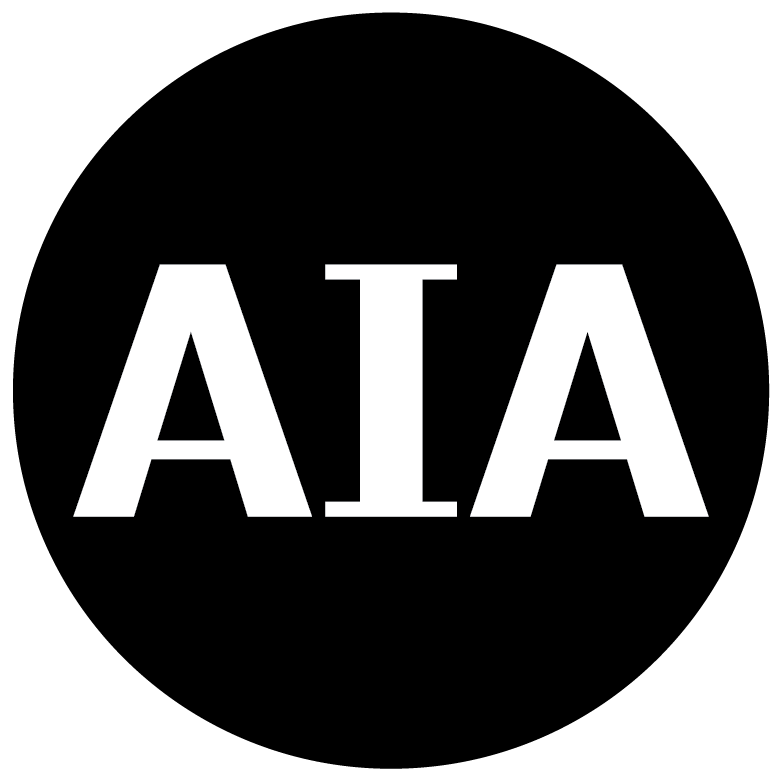How to integrate resilience into your practice
The AIA Resilience and Adaptation online education series guides architects looking to enhance their firms’ offerings.
Architects have the unique ability to address our rapidly changing climate through design. It starts with how you practice. Through case studies and best practices for hazard mitigation, climate adaptation, and community resilience, the AIA Resilience and Adaptation online education series empowers architects to understand, communicate, and design for the shocks and stresses that prevent our communities—and our clients—from thriving.
Here are five lessons the series will teach you so you can bring resilience and adaptation into your everyday practice:
Consider the broader context
When designing for resilience, architects must address the interdependencies among people, buildings, and infrastructure. Understanding the performance modifiers of an individual building and how it is reliant on the broader community—as well as how it serves its community—is critical to designing for resilience. Thinking about the project’s broader context can help clients make informed business continuity and building performance decisions. A systems-based approach to identifying vulnerabilities and interdependencies empowers architects to design for multiple shocks and stresses, creating co-benefits for both their client and the community at large.
Janice Barnes, AIA, director of resilience at Waggonner Ball encourages architects to think holistically about how resilience can influence their approach as practitioners. “I think it’s important to not consider resilience as something that you add on or a suite of services that are a complement to what you’re already providing to your client but that it’s absolutely integrated into the way that you think,” she says.
Analyze shocks and stresses during your pre-design process
Disasters are increasing in frequency and intensity. The climate is changing, bringing new challenges our built environment must meet. By seeking to understand the project’s exposure to shocks and stresses, you can more readily communicate these risks to your client to inform building performance goals—aiding them in their business continuity decisions and adding value to your services as a client advisor.
Before you start designing, understand hazards, vulnerability, and risk as well as the challenges climate change will bring. Assessing short- and long-term hazard and climate risks as well as community interdependencies provides a broader picture of the design problem at hand; facilitating a more comprehensive risk discussion for establishing building performance goals.
Define your project’s targets for resilience and climate adaptation
One code compliant building may have very different performance characteristics than another due simply to the design decisions that are made. Investigating the level of property protection codes and regulations provide is paramount. Steve Winkel, FAIA, an architectural consultant at the Preview Group and member of the AIA Resilience Education Working Group likes to remind architects of their obligation to deliver buildings that are up to code. He also encourages them to bring codes into conversations with clients and collaborators. “The architect needs to have that dialogue about the relationship between code compliant design and risk tolerance and business continuity,” he says.
Begin by understanding the level of property protection provided by the building code and discuss that baseline with your client. How does it compare to the client’s performance goals? Does the baseline meet the client’s business continuity objectives? How does the baseline performance support community functions? Might the client want to invest in a higher performing building as part of their marketing strategy? Vulnerability assessments and cost-benefit analyses will reveal this type of information about a design and can be leveraged to help your client make risk-informed decisions that balance budget with performance.
Design with resilience in mind
As the damage and cost of disasters increase, state and federal response and recovery resources will become increasingly insufficient. The evolving hazard and climate risks require a proactive approach. The good news? We know how to design for resilience. Architects have been responding to disasters for decades and are frequent collaborators in identifying, compiling, and sharing lessons learned to integrate mitigation and adaptation measures and reduce vulnerability.
Architects possess the critical thinking abilities necessary for analyzing risk and vulnerability so they can weigh the benefits and costs of mitigation and adaptation measures in conjunction with performance. “The vulnerability assessment can drive the mitigation strategy instead of letting the mitigation strategy drive what we’re going to look for with the vulnerability assessment,” says Adam Reeder, a national flood risk expert and FEMA consultant. An understanding of vulnerability, risk, performance objectives, and cost-benefit empowers architects to select hazard mitigation strategies for new construction with intention.
When it comes to existing buildings, conducting a vulnerability assessment will help you understand the anticipated performance of the building in the face of high impact hazards—and what retrofit strategies will bring the most value to your client.
Mitigate your own risk
Architects are increasingly concerned about their exposure and liability in the face of climate risks. It’s crucial to gain a sense of professional risks and obligations. “In terms of the professional risks associated with resilient practice, I’d say it comes down to two main aspects: One, I don’t know that resilient practice is easily defined as one thing. The other concern I would express for resilient design is the name itself suggests an outcome,” says Michael Bomba, Esq., director of AIA Contract Documents. “And as I hope most design professionals are aware, you can’t guarantee an outcome in your design.”
Understanding the standard of care and its relationship to both your insurance coverage—and your professional obligations—is critical to being aware of and addressing your liability. When this relationship is understood, architects can more easily mitigate their professional risk by setting clear expectations and refining contract language. Architects are licensed to protect the health, safety, and welfare of the public. As the execution of this obligation evolves with climate change and increasingly frequent and intense disasters, understanding how to navigate professional risk becomes critical to not only resilience practice, but the daily work of architects.

